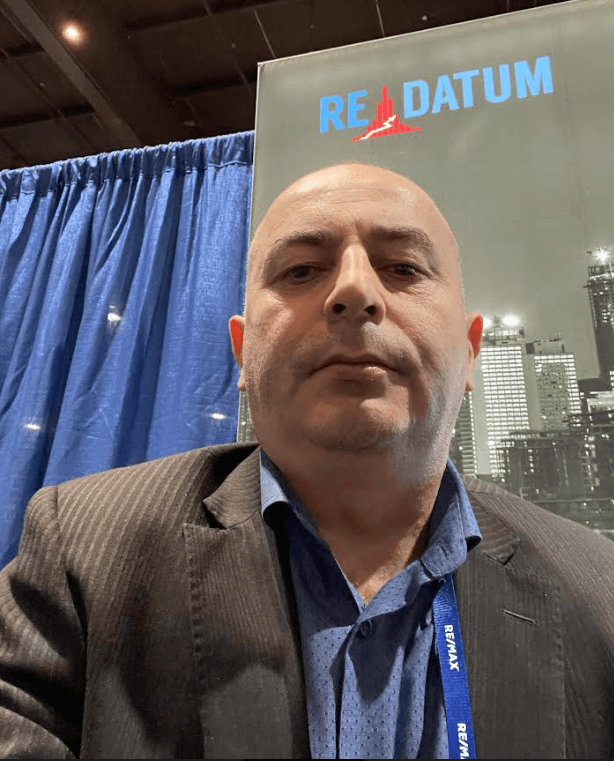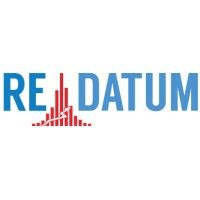Client's Objectives
Revitalize Redatum's position in the North American real estate market by modernizing the web application with advanced features and an intuitive interface. This upgrade aims to enhance the overall user experience, attracting a larger customer base and fostering sustained business growth.
Boost Redatum's product performance by integrating advanced features for report generation and dynamic customization.
This ensures swift and accurate real estate reports, positioning the product as an essential tool for businesses seeking efficiency and scalability.
Cultivate collaborative synergy between Redatum and an outsourced development team, fostering seamless communication, efficient project management, and knowledge sharing during product reconstruction.
Challenges
Revamping an Existing System with Modern Functionalities
Innovative User Interface Design
Optimizing Performance Amidst Enhanced Functionality
Solutions
Revamping an Existing System with Modern Functionalities
The initial step involved a comprehensive evaluation of the current Redatum project. Our team meticulously analyzed the existing architecture to identify problem areas and opportunities for improvement. This process was crucial to understanding the foundation upon which we would build an updated application with all new features and client requirements. This required an in-depth analysis and understanding of the existing infrastructure, as well as the development of a robust strategy to introduce dynamic report customization features. The implementation of these features had to be meticulously planned to avoid potential performance bottlenecks, ensuring that the enhanced system could seamlessly handle increased user interactions and data processing demands.

Scalability in Dynamic Data Interaction (Map Mode)
The client's request for a user-centric, intuitive design posed significant challenges, particularly in the context of scalability and real-time data processing. The system had to transition from delivering static, downloadable PDF reports to providing a dynamic, interactive user experience. This entailed the integration of advanced data filtering and on-the-fly data generation capabilities.
The key focus was on ensuring that the system could scale efficiently to accommodate varying user demands without compromising performance. Collaboration with the client's development team was pivotal in this regard, requiring a blend of technical expertise and creative problem-solving to achieve a balance between functionality, usability, and performance.

Custom Reporting
For clients needing either one-time or recurring custom reports, this solution takes on the task of compiling data-intensive reports. The process starts with a discovery session to understand client needs and includes the provision of samples or detailed requirement lists.
After planning and gathering detailed requirements, we focused on the process of globally rethinking the crucial functionalities.
This required integrating real-time data filtering and generation features, ensuring that the interface remained user-friendly while handling complex data operations. The task was to design an interface that could seamlessly guide users through both the static aspects of the system (like report downloads) and the dynamic aspects (such as interactive data manipulation), ensuring a cohesive and efficient user experience.
Optimizing Performance
This required optimizing back-end processes, ensuring efficient data handling, and restructuring certain elements of the application to maintain smooth, responsive user interactions. Addressing these performance considerations was essential to ensure that the system remained robust and efficient even as it offered more complex and interactive features.
To optimize website performance and accelerate loading times, we implemented several technical solutions:

Data Indexing

Breaking Down Large SQL Queries into Smaller Ones

Caching Frequently Used Data

Effective Collaboration and Communication
Collaborating with the client's developer was both exhilarating and challenging, largely attributed to the differences in time zones. This required us to be adaptable and creative in our communication and scheduling to ensure effective collaboration and project continuity.
This solution involved regular meetings, transparent sharing of information, and effective problem-solving strategies. The goal was to create a synergy between our team and the client's in-house developer, ensuring that both teams were aligned in their approach and objectives. This collaboration was crucial for the successful integration of new features and achieving the project's overall goals.
Task Allocation
Tasks were delegated based on expertise and availability. Client-side developers were assigned tasks that matched their skill sets.
Collaborative tools
We utilized tools like Google Docs for shared documentation, Figma for outstanding and quick design creating and Miro for brainstorming sessions.
Project Management Tools
Tools like Jira facilitated transparent and efficient task assignment and tracking.
Knowledge sharing
We established a knowledge-sharing system between our team and the client's team. The aim is to elevate their expertise to align with the modern technologies and approaches we have proposed for this project. This initiative is designed to foster a collaborative environment and ensure a seamless transition to the new methodologies.

Client's review
Technologies
Start growing your business with usSend us a message
Book an online meeting
The online meeting will help you to quickly establish a plan of action and identify the resources needed to accomplish your project.
Book a meeting

